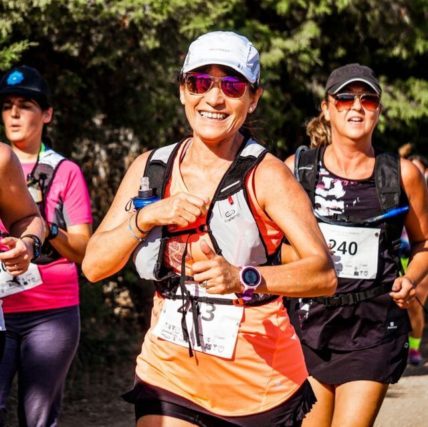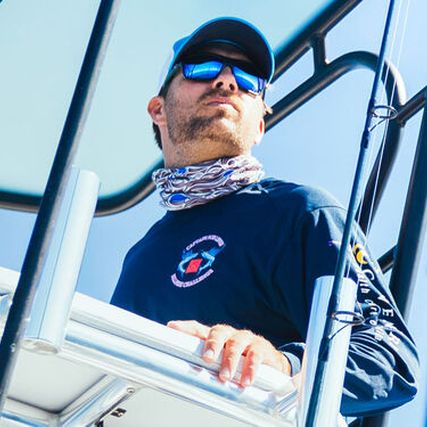
Enhancing Performance: The Science Behind Sports Sunglasses
Sports and performance sunglasses are more than sun protection; they need optimal fit, comfort, acuity and strength based on the demands of the sport or leisure activity you pursue.
Each element of your sports eyewear needs to be designed for active wear and to stand up to the tests of extreme weather conditions, rough play, impact and, of course, the sun. If you are fishing, for example, you need anti-glare protection in your lenses for when the sun’s bright rays reflect off the water, you need a broad frame to keep out the mist and wind, and you need strong frames and lenses for impact resistance.
Most importantly, depending on your sport of choice, your glasses should assist in creating an enhanced visual experience so you can see and perform at your best.
Performance Sport Lenses
The first consideration when selecting your sports eyewear is the lens. You likely want a lightweight, strong and durable lens that can withstand impact from debris, other athletes, balls or falls. The leading lenses in this arena are polycarbonate or trivex lenses made from highly impact-resistant plastic with built-in UV protection.
Glare can be an annoying and uncomfortable distraction in outdoor activities, which can reduce vision and have a negative impact on sports performance. Polarized lenses will help reduce the glare reflected off wet, icy or shiny surfaces.
Lens tints and coatings (such as anti-glare or anti-scratch) can also help improve visual clarity. They can reduce glare and enhance contrast sensitivity to improve vision and performance in certain outdoor activities. Some sports sunglasses come with interchangeable lenses of different tints, so you can choose the contrast that most suits the conditions you are playing in.


Choosing the Right Sports Sunglasses
The most important consideration when selecting sports sunglasses frames is whether they fit comfortably and securely. Look for a strong and durable yet lightweight pair that doesn’t press into your face and cause discomfort at the temples or the bridge of the nose.
For some sports like snowboarding, sports goggles might be the best option for the weather conditions and the specific nature of the movement. Some frame options have grips on the nose pads or temples to avoid slippage, particularly when you sweat.
Sports sunglasses are available in various styles, shapes and sizes, and the type that is best for you largely depends on the activities you participate in and what they demand. It is best to consult your eye doctor or optician to get a full picture of your eyes, vision, and athletic needs to find the best pair of sports sunglasses for you.
